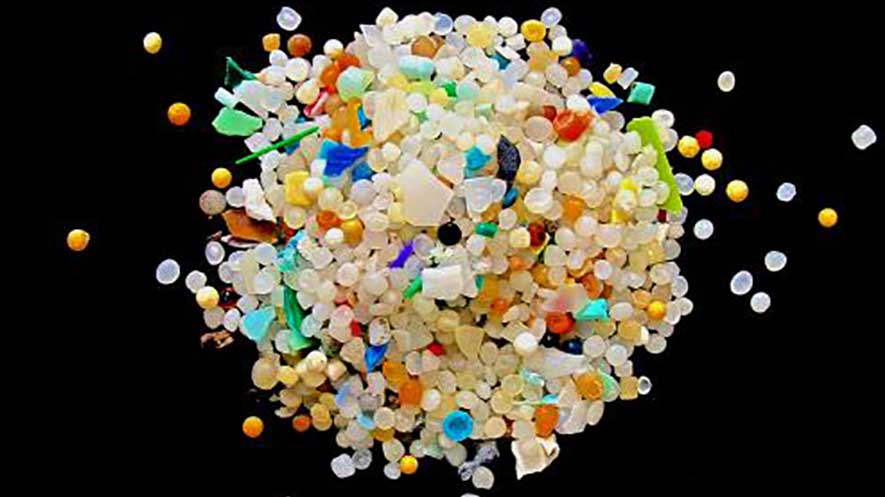Microplastics, defined as plastic particles less than 5 millimeters in size, have caused quite a storm within the scientific community over the last decade. Concern surrounding their impact on the marine environment has resulted in bans on microbeads being used in cosmetics as well as public outcry directed towards textile manufacturers, after it was found that a single clothes wash may release up to 700,000 microplastic fibres.
However, a study undertaken by the University of York, UK, in the journal Environmental Toxicology and Chemistry has stated that the impact of microplastics on the marine environment can not yet be determined.
A major review of 320 scientific papers has uncovered major knowledge gaps, with the researchers concluding that the concentrations of particles detected in the natural environment are orders of magnitude lower than those reported to affect feeding, reproduction, growth, tissue inflammation and mortality in organisms. They found that microbeads only make up 3 percent of the microplastics detected, with clothing fibres being the most dominant. However, the team also noted that the visual identification error rate for identifying microplastics is unacceptably high, ranging from 33 to 70 percent. These studies are, therefore, likely to be overestimating environmental concentrations of relevant particle sizes. This is especially true for fibres, where visual analysis alone cannot differentiate between cotton and synthetic materials for example.
Professor Alistair Boxall from the University of York’s Environment and Geography Department explains, "Based on our analysis there is currently limited evidence to suggest microplastics are causing significant adverse impacts.
The team found a mismatch between the type and concentration of microplastic studied within the laboratory and those found in the marine environment. For example, Polystyrene is the material that has been most analysed in laboratory effects studies, whereas in the real environment these particles make up only 5 percent of the materials monitored. This makes it problematic to conclude what the real impacts are.
"There is an urgent need for better quality and more holistic monitoring studies alongside more environmentally realistic effects studies on the particle sizes and material types that are actually in the environment,” said Boxall.
"We believe regulations and controls may be focusing on activities that are having limited impact and ignoring the most polluting activities such as releases of small particles from tyres on our cars.”
Although reducing our plastic consumption can only be a good thing, it is essential that further research addresses the current mismatches in the data if we are to ever fully understand the impacts that microplastics have on marine wildlife. Without this, effective regulatory controls that help make a positive difference to the environment cannot be put in place.
By Ellis Moloney
Burns, E., and Boxall, A. (2018). Microplastics in the aquatic environment: Evidence for or against adverse impacts and major knowledge gaps. Environmental Toxicology and Chemistry, 9999, pp.1-21.
This research was funded by the Personal Care Products Council.



